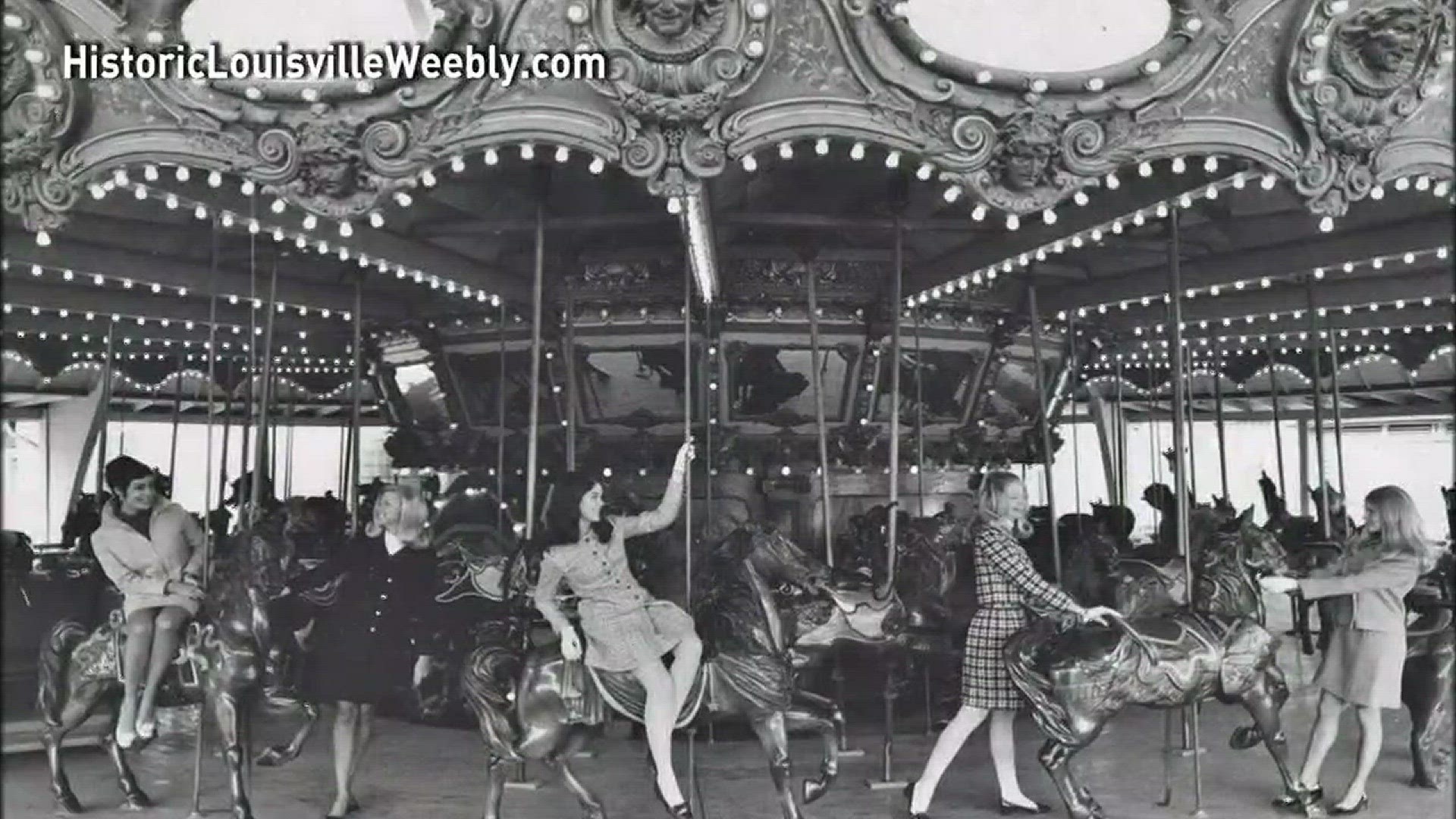The Kentucky State Fair made Louisville its permanent home in 1907. Around the same time, another spot for entertainment had just opened its gates by the riverfront's west end. The spelling makes you want to call it Fontaine Ferry, but those who grew up with the park know it as Fountain Ferry.
Tom Owen, the University of Louisville Archivist for Regional History Archives and Special Collections, remembers when the west end of Market Street, led you to more than 50 rides and attractions.
“Just the classic early 20th-century amusement park with shooting galleries, with wooden slides,” Owen said.
There were wooden coasters, race cars, a pool, and themed areas like Hilarity Hall, or Gypsy Village.
“Fontaine Ferry thought of every way possible to lure you to come,” Owen said.
From special promotions to quirky contests like the oldest set of twins or the fattest man or woman.
“Now Fontaine Ferry was a destination but it wasn’t destination for everyone,” Owen said.
From 1905 to 1964 African Americans were not allowed.
“I’ve heard the testimony of African Americans in our community who had their faces pressed up against the fence at fountain ferry seeing there’s fun every minute inside the park but it closed to them,” Owen said.
The park lasted 5 years open to everyone.
“There continued to be some racial unrest, demonstrations, and sometimes vandalism,” Owen said.
Owen says it’s not clear who exactly sparked it, but a group of young people started a racially motivated riot on Opening Day of 1969 creating damage throughout the park.
Ghost Town on the River opened up in its place in 1972. Louisville resident, Marvina Marshall, remembers going.
"I had my sweet 16th birthday party here back when the skating ring was there. I remember it so well because my family gave me that party there and my girlfriend Saundra was trying to teach my how to skate,” Marshall said.
Ghost Town on the River shut down 3 years later and turned into River Glen Park. A year later, it burned down and was abandoned. The city took over in 1981.
“You can’t go home again and in the sense that Fontaine Ferry was a creature of its time,” Owen said.
Today the site still lives as a center for recreation part of the Shawnee Park Sports Complex.
“It’s awesome. It’s beautiful it’s historic,” Marshall said.
A place from Marvina's childhood she now enjoys as an adult. It's the landmark she uses when giving directions to her house.
“Fontaine Ferry is something that everybody remembers,” Marshall said.
A memory holding different meanings for Louisvillians but rooted in this city’s early history.
We want to thank Jerry Rice of Louisville and Tim Young Productions for some of the video and images we used. You can see more of it in their documentary Fontaine Ferry, A Time of Innocence -- available at any Louisville Public Library. Other images came from the Courier Journal, and Digital Collections, Archives & Special Collections, at UofL.

